






























See Also
See Again
© Shutterstock
0 / 31 Fotos
Café Central, Vienna
- Inaugurated in 1876, this traditional Viennese café became the meeting place for numerous historical figures in Austrian high society, influential personalities that included the founder of psychoanalysis Sigmund Freud, writer and poet Peter Altenburg, and Marxist revolutionary Leon Trotsky. A youthful Adolf Hitler was also a patron.
© Shutterstock
1 / 31 Fotos
Caffè Florian, Venice
- Opened in 1720 by Floriano Francesconi as Alla Venezia Trionfante (Triumphant Venice) but later renamed Florian in honor of its owner, this is the oldest coffee house in continuous operation in Italy, and one of the oldest in the world. Over the years, Florian, with red velvet seating, marble tables, and gold-leaf walls, has welcomed the likes of writers Marcel Proust and Charles Dickens. Charlie Chaplin and Andy Warhol also rank among the café's illustrious clientele.
© Getty Images
2 / 31 Fotos
Café Le Procope, Paris
- The French capital is blessed with several historic cafés, but Le Procope is the oldest and among the most famous. Serving guests since 1686, the café includes Rousseau, Voltaire, and other academic illuminati among its guests. Americans Benjamin Franklin and Thomas Jefferson also frequented the establishment.
© Getty Images
3 / 31 Fotos
New York Café, Budapest
- Once the haunt of kings, emperors, statesmen, and intellectuals, Budapest's magnificent New York Café was founded in 1894 in the heart of the Hungarian capital. The opulent interior features ceiling frescoes, allegorical sculptures, Baroque columns, and a set of imposing chandeliers. It's regularly cited as the most beautiful café in the world.
© Shutterstock
4 / 31 Fotos
Gran Caffè Gambrinus, Naples
- Irish poet and playwright Oscar Wilde frequented Gran Caffè Gambrinus. So did French philosopher Jean-Paul Sartre. In fact, the southern Italian coffeehouse, which was founded in 1860, was known for being a meeting place for intellectuals, artists, and royalty. Ernest Hemingway sipped coffee here, as did the Empress Elisabeth of Austria, who was nicknamed Sisi.
© Shutterstock
5 / 31 Fotos
Café Majestic, Porto
- Fans of Harry Potter have made Café Majestic in Porto, Portugal's second city, a point of pilgrimage because this is where author J.K. Rowling spent much of her time working on 'Harry Potter and the Philosopher's Stone.' And there is something quite magical about this beautiful coffeehouse, which opened in 1921 originally as Café Elite and is one of the most striking and appealing examples of Art Nouveau architecture in the city.
© Shutterstock
6 / 31 Fotos
Café de la Paix, Paris
- Café de la Paix opened to great fanfare in 1862 to serve the Grand-Hôtel de la Paix. Its proximity to the Palais Garnier opera attracted many famous regulars, including French novelist Émile Zola, Russian composer Tchaikovsky, and, later, Britain's Edward VII. Charles, Prince of Wales,has also patronized the café.
© Getty Images
7 / 31 Fotos
Les Deux Magots, Paris
- Another landmark Parisian café, Les Deux Magots is named for an old play titled 'Les deux Magots de la Chine'. In this play, magot is the translation of a Chinese word and means figurine. There are two statues representing Chinese merchants decorating the interior. The café was established in 1822 and in its heyday attracted people like Pablo Picasso, novelist James Joyce, and German playwright and poet Bertolt Brecht.
© Shutterstock
8 / 31 Fotos
Antico Caffè Greco, Rome
- Established in 1760, Rome's Antico Caffè Greco is the oldest bar-café in the city, and the second oldest in Italy, after Caffè Florian in Venice. Over the centuries, celebrities of the age have gathered here, influential figures that include German literary giant Goethe, English poet John Keats, Danish author Hans Christian Anderson, and Italian adventurer and famous womanizer Giacomo Casanova.
© Getty Images
9 / 31 Fotos
Café Louvre, Prague
- The doors of the Café Louvre first opened in 1902, when the Czech capital was the haunt of such distinguished figures as the novelist Franz Kafka, Czech playwright Karel Čapek, and world-renowned physicist Albert Einstein. A speciality today is Turkish coffee served in a traditional cezve.
© Shutterstock
10 / 31 Fotos
Café A Brasileira, Lisbon
- Opened in 1905 in the Portuguese capital's fashionable Chiado district, Café A Brasileira stands as a fine example of Art Nouveau architecture. The café was once a favorite rendezvous of intellectuals, including Portugal's most famous 20th-century poet Fernando Pessoa, who's seated in bronze at a table outside the premises.
© Shutterstock
11 / 31 Fotos
Café Imperial, Prague
- Prague's must-see pre-war cafés include the Imperial. Opened in 1914, its richly gilded Art Deco interior is complemented by a series of Moorish-style columns and walls covered in luxurious ceramic tile decoration. Despite is glamorous aura, Café Imperial is said to be haunted with the ghosts of the past...
© Shutterstock
12 / 31 Fotos
Caffè Pedrocchi, Padua
- Established in the 18th century, Caffè Pedrocchi is Padua's most famous coffeehouse not least because it shares an association with one of Italy's most recognized coffees—Pedrocchi, a dark rich blend served with mint cream and cocoa powder sprinkled on top. English romantic poet Lord Byron was a fan, as was Italian writer Dario Fo.
© Shutterstock
13 / 31 Fotos
Café Maiasmokk, Tallinn
- Opened in 1864, charming Café Maiasmokk is the oldest café in Tallinn and indeed in Estonia. Its owner, Baltic-German confectioner Georg Stude, was famous for his marzipan treats—his sweet-toothed clients included the Russian Imperial family! Today, marzipan confection is the main reason for visiting Café Maiasmokk, though the coffee is pretty good too.
© Getty Images
14 / 31 Fotos
Café Tomaselli, Salzburg
- Set in the heart of Salzburg's old town, Café Tomaselli is the oldest coffeehouse in Austria. It opened for business in 1700, and from the start the café was an important social and private meeting point for Salzburg's middle classes. The owner was friends with the family of Wolfgang Amadeus Mozart, and it's said that the idea for the world famous Salzburg Festival had its origins in Café Tomaselli.
© Getty Images
15 / 31 Fotos
Café de l’Opera, Barcelona
- Located on La Rambla, Café de l’Opera began its life in the 18th century as a simple tavern. By the following century it had gained a reputation as a chocolatier. The café proper opened in 1929 and has operated ever since, even through the Spanish Civil War (1936 to 1939).
© Shutterstock
16 / 31 Fotos
Atlas Café, Lviv
- The Ukrainian city of Lviv hosts an annual coffee festival in late September. Among the coffeehouses taking part is the historic Atlas Café, a popular hangout for the city's artistic community before the Second World War. One of the rooms is covered entirely with dark wood paneling and decorated with paintings of knights.
© Shutterstock
17 / 31 Fotos
Café Sacher Wien, Vienna
- This venerable Austrian coffeehouse is where the famous Sachertorte was created in 1832, by 16-year-old pastry chef Franz Sacher. The rich chocolate cake is one of the most famous Viennese culinary specialties and best paired with a coffee or a chocolate liqueur.
© Shutterstock
18 / 31 Fotos
Hafiz Mustafa, Istanbul
- One of the delights of visiting Istanbul is sampling a rich dark Turkish coffee at Hafiz Mustafa, which also doubles up as a confectioner. Established in 1864, the shop on Hamidiye Street in the Sirkeci neighbourhood on the European side of Istanbul is the first and original.
© Shutterstock
19 / 31 Fotos
Café Le Cirio, Brussels
- One of Brussels' most famous coffeehouses, Café Le Cirio was named for its founder, Francesco Cirio, and opened in 1886. The French novelists Victor Hugo and Alexandre Dumas were regulars, among other distinguished visitors.
© Shutterstock
20 / 31 Fotos
Conditori La Glace, Copenhagen
- A patisserie and coffeehouse, Conditori La Glace has been delighting residents and visitors to Copenhagen with its mouthwatering cakes and pastries since 1870. This is the city's most iconic café, and Denmark's oldest.
© Getty Images
21 / 31 Fotos
Hotel Moskva Café, Belgrade
- A city not immediately recognized for its historic coffeehouses, Belgrade, the capital of Serbia, nonetheless surprises with establishments like this one, Hotel Moskva Café. Housed in the landmark Hotel Moskva, the café has been serving guests and non-hotel residents since 1908. A speciality is Moskva Shnit, a delicious fruit cake crammed with almonds, cherries, pineapple, and the finest homemade cream, mixed to a secret recipe.
© Shutterstock
22 / 31 Fotos
Osteria del Sole, Bologna
- Bologna's Osteria del Sole opened its doors over 550 years ago, in 1465 (though Caffè Florian in Venice is still the oldest continuously operating coffeehouse). This is a traditional, no-frills café-bar with a limited menu of Champagne, French and local wines, and beers and spirits sold by the glass or bottle. But ordering a coffee and soaking in the atmosphere of this historic meeting place is an equally attractive option.
© Getty Images
23 / 31 Fotos
Caffè Al Bicerin, Turin
- Caffè Al Bicerin opened its doors in 1763 and is where the bicerin was invented, a drink that combines coffee, chocolate, and cream, and which has helped define this northern Italian city's café culture. In 2001, the bicerin was recognized as a "Traditional Piedmontese Drink," as published in the Official Bulletin of the Piedmont Region.
© Shutterstock
24 / 31 Fotos
Café Gerbeaud, Budapest
- One of Budapest's finest coffeehouses, Café Gerbeaud dates back to 1858. It quickly garnered a reputation as a upscale ice cream parlor. Its coffees, liqueurs, and candy, however, were favored by the likes of Hungarian composer Franz Liszt, among other luminaries of the era.
© Shutterstock
25 / 31 Fotos
Bewley's Oriental Café, Dublin
- Located in the heart of the Republic of Ireland's capital city, Bewley's Oriental Café on Grafton Street opened for business in 1927 (the Bewley's brand, however, has been trading since 1840). Built to rival the finest tearooms in Europe, the Grafton Street premises remains an iconic Dublin landmark. The Egyptian-motif facades were inspired by the discovery of Tutankhamun’s tomb in 1922.
© Getty Images
26 / 31 Fotos
Pierre Loti Café, Istanbul
- They've been admiring the jaw-dropping views from the terrace of Pierre Loti Café since 1876. The panorama takes in the Turkish city's Golden Horn, and is certainly worth the trek from the city center to admire. The café is named after a French naval officer and novelist, who set some of his writings in Istanbul.
© Shutterstock
27 / 31 Fotos
Kaffekoppen, Stockholm
- Kaffekoppen literally means "The Coffee Cup" in Swedish, and this landmark Stockholm café is one of the most iconic in the city. Its cellar vault dates back to the 1600s, and the whole premises pervades a tangible sense of history.
© Shutterstock
28 / 31 Fotos
Café Kranzler, Berlin
- The original Café Kranzler was inaugurated in 1834 on Berlin's Unter den Linden boulevard. Its western branch on Kurfürstendamm opened in 1932. Only the rotunda (pictured) survives today, but is still regarded as an iconic city coffeehouse.
© Getty Images
29 / 31 Fotos
Bettys Café Tea Room, Harrowgate
- The United Kingdom has never really cultivated a café culture. It is, however, famous for its tea shops (where, of course, you can also enjoy a coffee). One of the best-known teahouses is Bettys Café Tea Room in Harrowgate, in North Yorkshire. Somewhat ironically, the café was established in 1919 by a European, a Swiss immigrant by the name of Fritz Bützer. Sources: (CNN Travel) (The Guardian) (European Historic Cafés Association) See also: Fictional restaurants, cafés, and bars we'd love to visit
© Shutterstock
30 / 31 Fotos
© Shutterstock
0 / 31 Fotos
Café Central, Vienna
- Inaugurated in 1876, this traditional Viennese café became the meeting place for numerous historical figures in Austrian high society, influential personalities that included the founder of psychoanalysis Sigmund Freud, writer and poet Peter Altenburg, and Marxist revolutionary Leon Trotsky. A youthful Adolf Hitler was also a patron.
© Shutterstock
1 / 31 Fotos
Caffè Florian, Venice
- Opened in 1720 by Floriano Francesconi as Alla Venezia Trionfante (Triumphant Venice) but later renamed Florian in honor of its owner, this is the oldest coffee house in continuous operation in Italy, and one of the oldest in the world. Over the years, Florian, with red velvet seating, marble tables, and gold-leaf walls, has welcomed the likes of writers Marcel Proust and Charles Dickens. Charlie Chaplin and Andy Warhol also rank among the café's illustrious clientele.
© Getty Images
2 / 31 Fotos
Café Le Procope, Paris
- The French capital is blessed with several historic cafés, but Le Procope is the oldest and among the most famous. Serving guests since 1686, the café includes Rousseau, Voltaire, and other academic illuminati among its guests. Americans Benjamin Franklin and Thomas Jefferson also frequented the establishment.
© Getty Images
3 / 31 Fotos
New York Café, Budapest
- Once the haunt of kings, emperors, statesmen, and intellectuals, Budapest's magnificent New York Café was founded in 1894 in the heart of the Hungarian capital. The opulent interior features ceiling frescoes, allegorical sculptures, Baroque columns, and a set of imposing chandeliers. It's regularly cited as the most beautiful café in the world.
© Shutterstock
4 / 31 Fotos
Gran Caffè Gambrinus, Naples
- Irish poet and playwright Oscar Wilde frequented Gran Caffè Gambrinus. So did French philosopher Jean-Paul Sartre. In fact, the southern Italian coffeehouse, which was founded in 1860, was known for being a meeting place for intellectuals, artists, and royalty. Ernest Hemingway sipped coffee here, as did the Empress Elisabeth of Austria, who was nicknamed Sisi.
© Shutterstock
5 / 31 Fotos
Café Majestic, Porto
- Fans of Harry Potter have made Café Majestic in Porto, Portugal's second city, a point of pilgrimage because this is where author J.K. Rowling spent much of her time working on 'Harry Potter and the Philosopher's Stone.' And there is something quite magical about this beautiful coffeehouse, which opened in 1921 originally as Café Elite and is one of the most striking and appealing examples of Art Nouveau architecture in the city.
© Shutterstock
6 / 31 Fotos
Café de la Paix, Paris
- Café de la Paix opened to great fanfare in 1862 to serve the Grand-Hôtel de la Paix. Its proximity to the Palais Garnier opera attracted many famous regulars, including French novelist Émile Zola, Russian composer Tchaikovsky, and, later, Britain's Edward VII. Charles, Prince of Wales,has also patronized the café.
© Getty Images
7 / 31 Fotos
Les Deux Magots, Paris
- Another landmark Parisian café, Les Deux Magots is named for an old play titled 'Les deux Magots de la Chine'. In this play, magot is the translation of a Chinese word and means figurine. There are two statues representing Chinese merchants decorating the interior. The café was established in 1822 and in its heyday attracted people like Pablo Picasso, novelist James Joyce, and German playwright and poet Bertolt Brecht.
© Shutterstock
8 / 31 Fotos
Antico Caffè Greco, Rome
- Established in 1760, Rome's Antico Caffè Greco is the oldest bar-café in the city, and the second oldest in Italy, after Caffè Florian in Venice. Over the centuries, celebrities of the age have gathered here, influential figures that include German literary giant Goethe, English poet John Keats, Danish author Hans Christian Anderson, and Italian adventurer and famous womanizer Giacomo Casanova.
© Getty Images
9 / 31 Fotos
Café Louvre, Prague
- The doors of the Café Louvre first opened in 1902, when the Czech capital was the haunt of such distinguished figures as the novelist Franz Kafka, Czech playwright Karel Čapek, and world-renowned physicist Albert Einstein. A speciality today is Turkish coffee served in a traditional cezve.
© Shutterstock
10 / 31 Fotos
Café A Brasileira, Lisbon
- Opened in 1905 in the Portuguese capital's fashionable Chiado district, Café A Brasileira stands as a fine example of Art Nouveau architecture. The café was once a favorite rendezvous of intellectuals, including Portugal's most famous 20th-century poet Fernando Pessoa, who's seated in bronze at a table outside the premises.
© Shutterstock
11 / 31 Fotos
Café Imperial, Prague
- Prague's must-see pre-war cafés include the Imperial. Opened in 1914, its richly gilded Art Deco interior is complemented by a series of Moorish-style columns and walls covered in luxurious ceramic tile decoration. Despite is glamorous aura, Café Imperial is said to be haunted with the ghosts of the past...
© Shutterstock
12 / 31 Fotos
Caffè Pedrocchi, Padua
- Established in the 18th century, Caffè Pedrocchi is Padua's most famous coffeehouse not least because it shares an association with one of Italy's most recognized coffees—Pedrocchi, a dark rich blend served with mint cream and cocoa powder sprinkled on top. English romantic poet Lord Byron was a fan, as was Italian writer Dario Fo.
© Shutterstock
13 / 31 Fotos
Café Maiasmokk, Tallinn
- Opened in 1864, charming Café Maiasmokk is the oldest café in Tallinn and indeed in Estonia. Its owner, Baltic-German confectioner Georg Stude, was famous for his marzipan treats—his sweet-toothed clients included the Russian Imperial family! Today, marzipan confection is the main reason for visiting Café Maiasmokk, though the coffee is pretty good too.
© Getty Images
14 / 31 Fotos
Café Tomaselli, Salzburg
- Set in the heart of Salzburg's old town, Café Tomaselli is the oldest coffeehouse in Austria. It opened for business in 1700, and from the start the café was an important social and private meeting point for Salzburg's middle classes. The owner was friends with the family of Wolfgang Amadeus Mozart, and it's said that the idea for the world famous Salzburg Festival had its origins in Café Tomaselli.
© Getty Images
15 / 31 Fotos
Café de l’Opera, Barcelona
- Located on La Rambla, Café de l’Opera began its life in the 18th century as a simple tavern. By the following century it had gained a reputation as a chocolatier. The café proper opened in 1929 and has operated ever since, even through the Spanish Civil War (1936 to 1939).
© Shutterstock
16 / 31 Fotos
Atlas Café, Lviv
- The Ukrainian city of Lviv hosts an annual coffee festival in late September. Among the coffeehouses taking part is the historic Atlas Café, a popular hangout for the city's artistic community before the Second World War. One of the rooms is covered entirely with dark wood paneling and decorated with paintings of knights.
© Shutterstock
17 / 31 Fotos
Café Sacher Wien, Vienna
- This venerable Austrian coffeehouse is where the famous Sachertorte was created in 1832, by 16-year-old pastry chef Franz Sacher. The rich chocolate cake is one of the most famous Viennese culinary specialties and best paired with a coffee or a chocolate liqueur.
© Shutterstock
18 / 31 Fotos
Hafiz Mustafa, Istanbul
- One of the delights of visiting Istanbul is sampling a rich dark Turkish coffee at Hafiz Mustafa, which also doubles up as a confectioner. Established in 1864, the shop on Hamidiye Street in the Sirkeci neighbourhood on the European side of Istanbul is the first and original.
© Shutterstock
19 / 31 Fotos
Café Le Cirio, Brussels
- One of Brussels' most famous coffeehouses, Café Le Cirio was named for its founder, Francesco Cirio, and opened in 1886. The French novelists Victor Hugo and Alexandre Dumas were regulars, among other distinguished visitors.
© Shutterstock
20 / 31 Fotos
Conditori La Glace, Copenhagen
- A patisserie and coffeehouse, Conditori La Glace has been delighting residents and visitors to Copenhagen with its mouthwatering cakes and pastries since 1870. This is the city's most iconic café, and Denmark's oldest.
© Getty Images
21 / 31 Fotos
Hotel Moskva Café, Belgrade
- A city not immediately recognized for its historic coffeehouses, Belgrade, the capital of Serbia, nonetheless surprises with establishments like this one, Hotel Moskva Café. Housed in the landmark Hotel Moskva, the café has been serving guests and non-hotel residents since 1908. A speciality is Moskva Shnit, a delicious fruit cake crammed with almonds, cherries, pineapple, and the finest homemade cream, mixed to a secret recipe.
© Shutterstock
22 / 31 Fotos
Osteria del Sole, Bologna
- Bologna's Osteria del Sole opened its doors over 550 years ago, in 1465 (though Caffè Florian in Venice is still the oldest continuously operating coffeehouse). This is a traditional, no-frills café-bar with a limited menu of Champagne, French and local wines, and beers and spirits sold by the glass or bottle. But ordering a coffee and soaking in the atmosphere of this historic meeting place is an equally attractive option.
© Getty Images
23 / 31 Fotos
Caffè Al Bicerin, Turin
- Caffè Al Bicerin opened its doors in 1763 and is where the bicerin was invented, a drink that combines coffee, chocolate, and cream, and which has helped define this northern Italian city's café culture. In 2001, the bicerin was recognized as a "Traditional Piedmontese Drink," as published in the Official Bulletin of the Piedmont Region.
© Shutterstock
24 / 31 Fotos
Café Gerbeaud, Budapest
- One of Budapest's finest coffeehouses, Café Gerbeaud dates back to 1858. It quickly garnered a reputation as a upscale ice cream parlor. Its coffees, liqueurs, and candy, however, were favored by the likes of Hungarian composer Franz Liszt, among other luminaries of the era.
© Shutterstock
25 / 31 Fotos
Bewley's Oriental Café, Dublin
- Located in the heart of the Republic of Ireland's capital city, Bewley's Oriental Café on Grafton Street opened for business in 1927 (the Bewley's brand, however, has been trading since 1840). Built to rival the finest tearooms in Europe, the Grafton Street premises remains an iconic Dublin landmark. The Egyptian-motif facades were inspired by the discovery of Tutankhamun’s tomb in 1922.
© Getty Images
26 / 31 Fotos
Pierre Loti Café, Istanbul
- They've been admiring the jaw-dropping views from the terrace of Pierre Loti Café since 1876. The panorama takes in the Turkish city's Golden Horn, and is certainly worth the trek from the city center to admire. The café is named after a French naval officer and novelist, who set some of his writings in Istanbul.
© Shutterstock
27 / 31 Fotos
Kaffekoppen, Stockholm
- Kaffekoppen literally means "The Coffee Cup" in Swedish, and this landmark Stockholm café is one of the most iconic in the city. Its cellar vault dates back to the 1600s, and the whole premises pervades a tangible sense of history.
© Shutterstock
28 / 31 Fotos
Café Kranzler, Berlin
- The original Café Kranzler was inaugurated in 1834 on Berlin's Unter den Linden boulevard. Its western branch on Kurfürstendamm opened in 1932. Only the rotunda (pictured) survives today, but is still regarded as an iconic city coffeehouse.
© Getty Images
29 / 31 Fotos
Bettys Café Tea Room, Harrowgate
- The United Kingdom has never really cultivated a café culture. It is, however, famous for its tea shops (where, of course, you can also enjoy a coffee). One of the best-known teahouses is Bettys Café Tea Room in Harrowgate, in North Yorkshire. Somewhat ironically, the café was established in 1919 by a European, a Swiss immigrant by the name of Fritz Bützer. Sources: (CNN Travel) (The Guardian) (European Historic Cafés Association) See also: Fictional restaurants, cafés, and bars we'd love to visit
© Shutterstock
30 / 31 Fotos
Historic European cafés you need to visit
Café culture at its most appealing
© Shutterstock
Europe's enviable café culture revolves around some of the most famous and iconic coffeehouses on the continent. In their time, many of these distinguished establishments have served a litany of famous celebrities including artists, writers, scientists, philosophers, and even royalty. But where can you find Europe's most beautiful and best-preserved cafés and teahouses?
Click through and walk through these historic coffee-serving landmarks.
RECOMMENDED FOR YOU

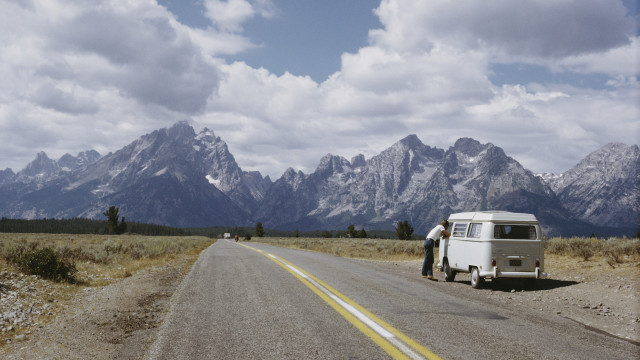
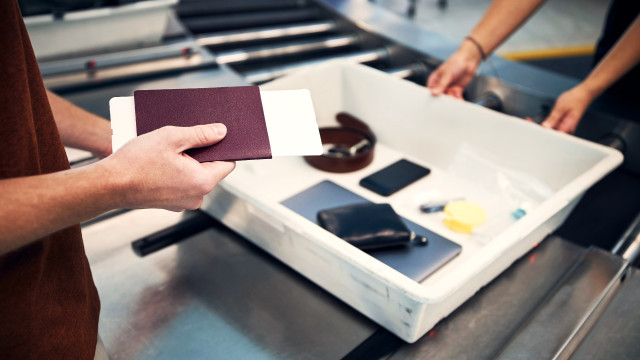

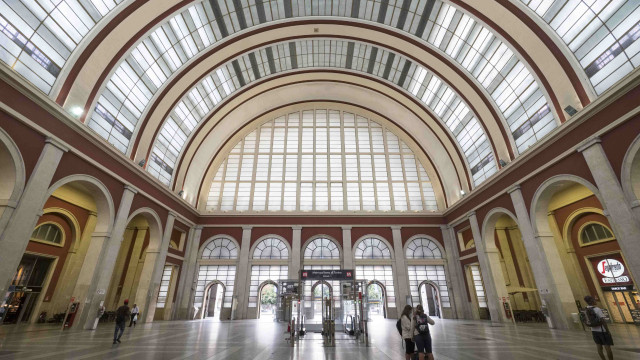
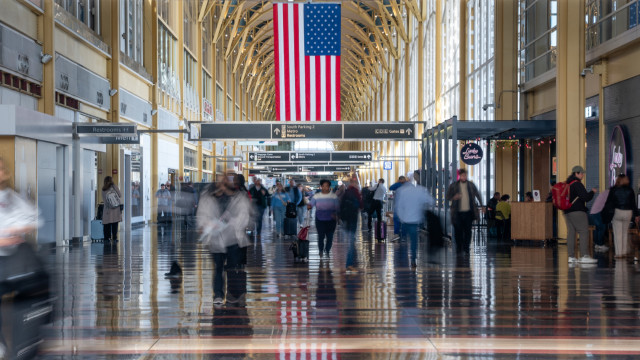
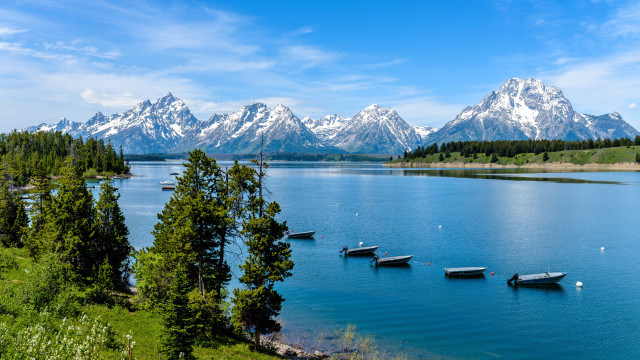
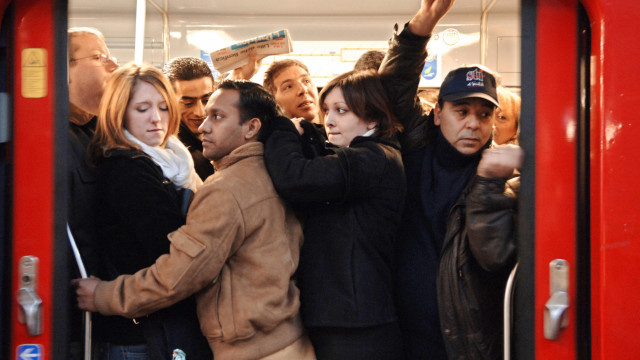
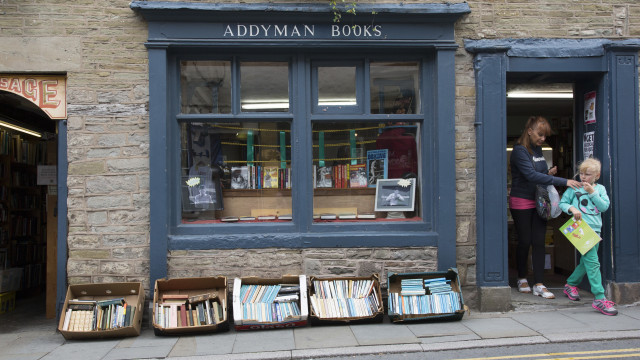
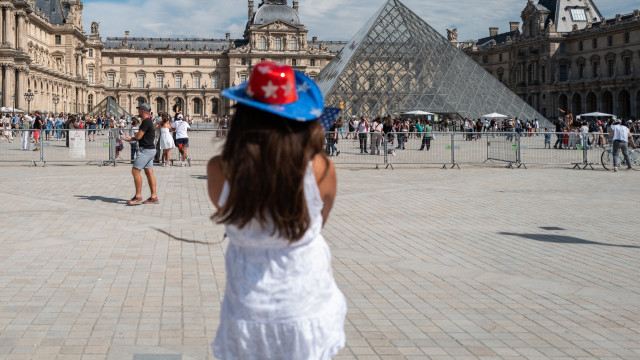

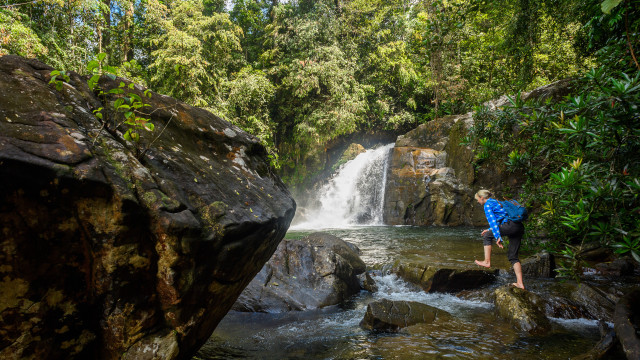
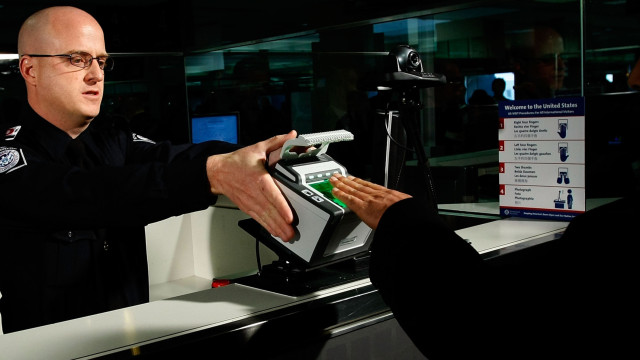

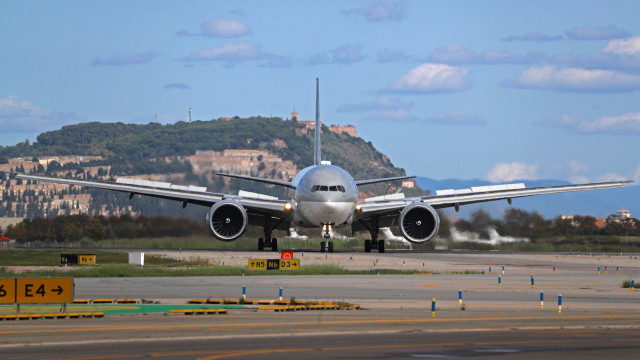






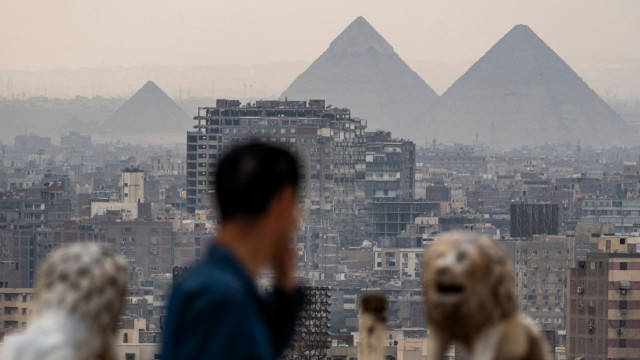
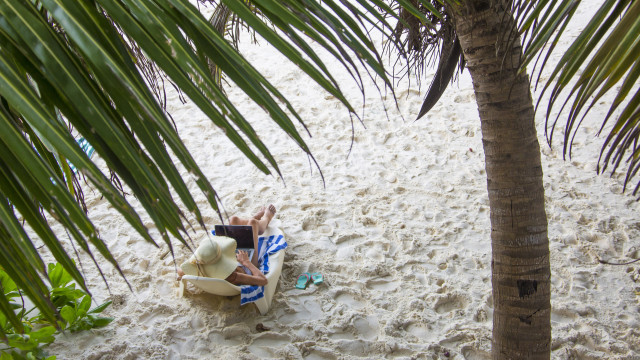
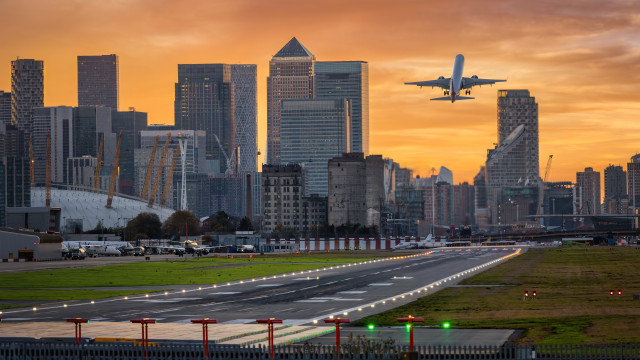
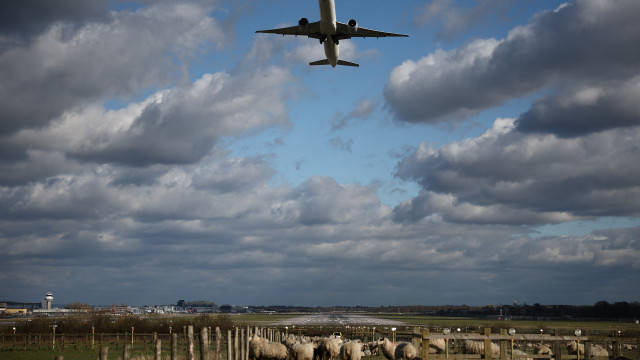



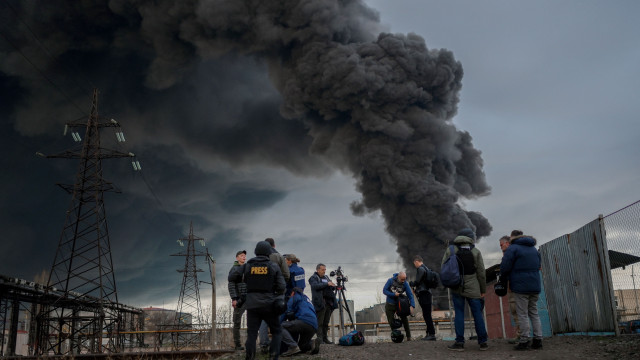

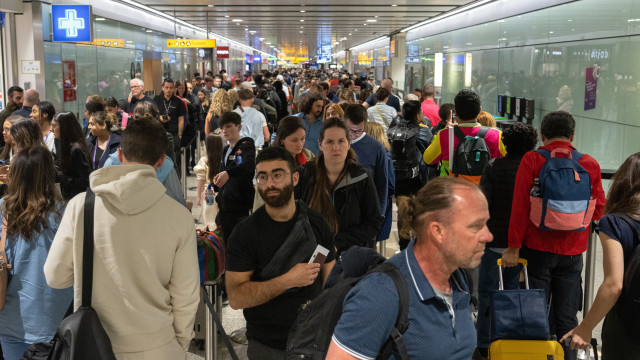
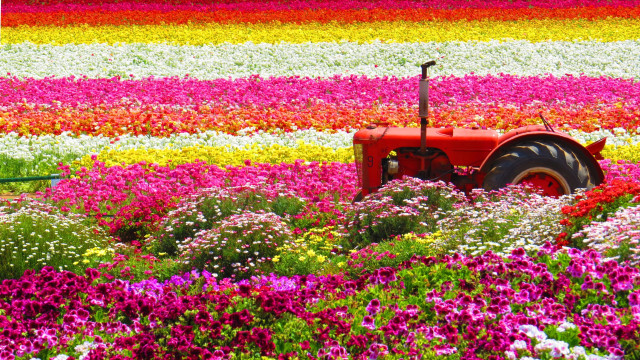




MOST READ
- Last Hour
- Last Day
- Last Week








